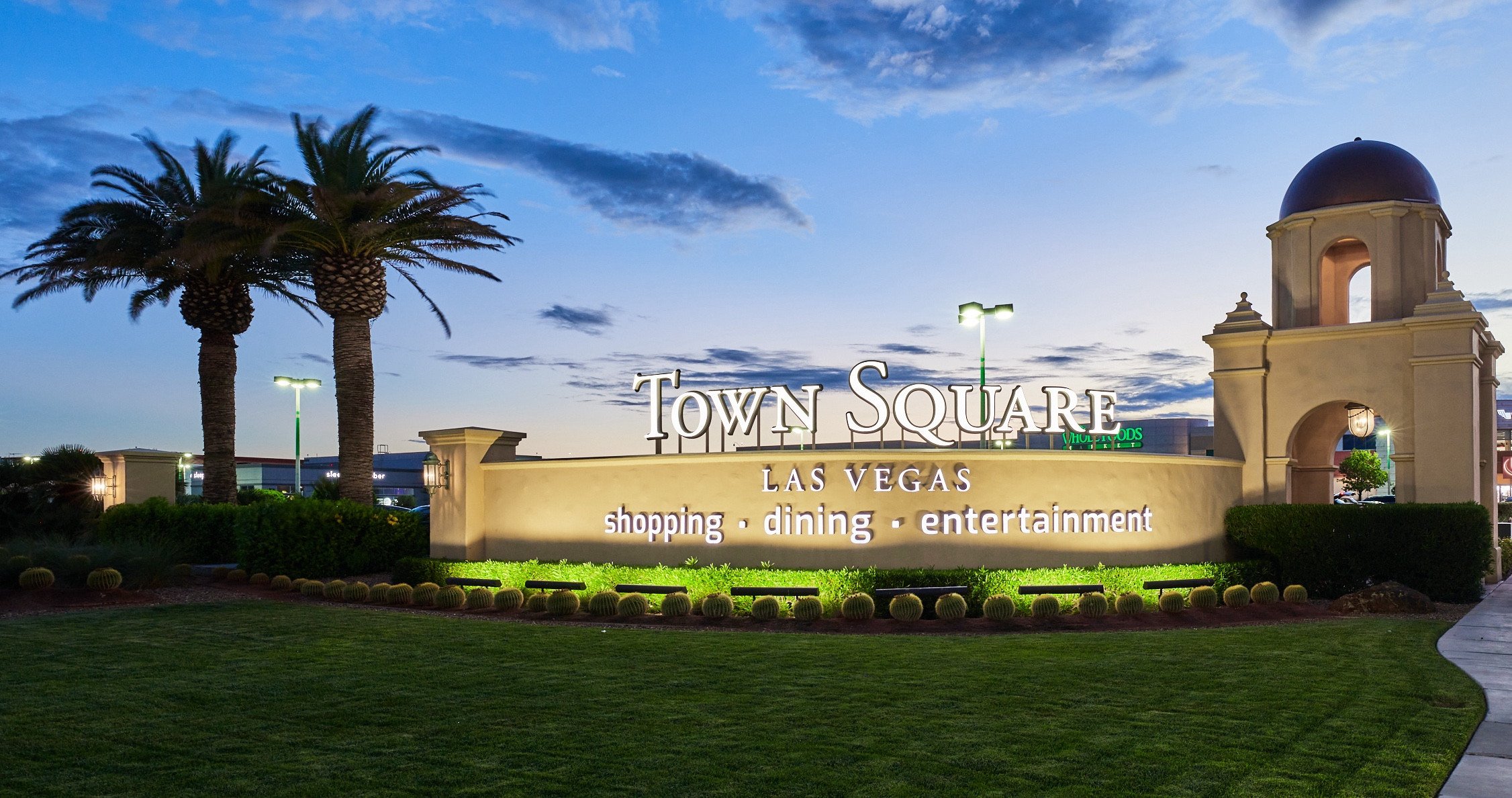Social media advertising is one of the most effective ways to reach your target audience, boost brand awareness, and drive conversions. However, with so much competition for attention, creating ads that stand out is more important than ever. In this guide, we’ll walk you through five essential steps to design social media ad campaigns that captivate your audience and deliver results.
Step 1: Define Your Goals and Audience
Before you start designing your ads, it’s crucial to define your campaign objectives and target audience. Clear goals and a deep understanding of your audience will guide your strategy and messaging.
- Set Clear Objectives: Do you want to increase website traffic, generate leads, or boost sales? Your goals will shape your ad content and format.
- Understand Your Audience: Use analytics tools to identify your audience’s demographics, preferences, and behaviors.
- Create Buyer Personas: Develop profiles of your ideal customers to tailor your messaging effectively.
Step 2: Craft Compelling Ad Copy
Your ad copy plays a key role in grabbing attention and persuading your audience to take action. Make it concise, engaging, and aligned with your campaign objectives.
- Use Strong Headlines: Your headline should immediately capture attention and convey value.
- Focus on Benefits: Highlight how your product or service solves a problem or fulfills a need.
- Include a Call-to-Action (CTA): Encourage users to take the desired action, such as “Shop Now” or “Sign Up Today.”
Step 3: Design Eye-Catching Visuals
High-quality visuals are essential for standing out on social media platforms. Whether it’s images, videos, or animations, ensure your visuals are engaging and aligned with your brand identity.
- Stick to Your Brand Style: Use consistent colors, fonts, and imagery to reinforce brand recognition.
- Optimize for Platforms: Tailor your visuals to the specific dimensions and formats of each social media platform.
- Experiment with Videos: Video content often performs better than static images, so consider incorporating dynamic visuals.
Step 4: Leverage Targeting and Segmentation
Social media platforms offer advanced targeting options that allow you to reach the right audience. Use these tools to ensure your ads appear in front of people most likely to convert.
- Audience Segmentation: Divide your audience into segments based on location, age, interests, or behavior.
- Retargeting: Show ads to users who have already interacted with your brand or visited your website.
- Lookalike Audiences: Target people similar to your existing customers to expand your reach.
Step 5: Test, Analyze, and Optimize
Creating engaging social media ads is an ongoing process. Testing and analyzing performance data will help you refine your campaigns and maximize ROI.
- A/B Testing: Experiment with different ad variations, such as headlines, visuals, and CTAs, to see what works best.
- Track Key Metrics: Monitor metrics like click-through rates (CTR), conversions, and engagement to assess performance.
- Optimize Based on Data: Use insights from analytics to make data-driven adjustments to your campaigns.
Conclusion
Creating engaging social media ads requires a combination of strategic planning, creative design, and data-driven optimization. By following these five steps, you can design ad campaigns that capture attention, connect with your audience, and drive meaningful results. Start applying these principles today to elevate your social media advertising efforts and achieve your marketing goals.
“Social media ads with compelling visuals and clear CTAs are 80% more likely to convert than text-only campaigns.”
Know Your Audience
Start with clear goals and a detailed understanding of your audience. Use analytics tools to identify demographics, behaviors, and preferences to guide your campaign strategy.

Write Engaging Ad Copy
Create concise and compelling ad copy. Use strong headlines, highlight benefits, and include clear CTAs to motivate your audience to take action.

Use Eye-Catching Visuals
Design visuals that stand out. Stick to your brand style, optimize for social platforms, and experiment with dynamic video content to enhance engagement.

Target Strategically
Use advanced targeting tools to segment your audience, retarget past visitors, and create lookalike audiences. Reach the right people at the right time for maximum impact.

Analyze and Optimize
Track key metrics and use A/B testing to refine your campaigns. Adjust visuals, copy, and targeting based on performance data to maximize ROI.















